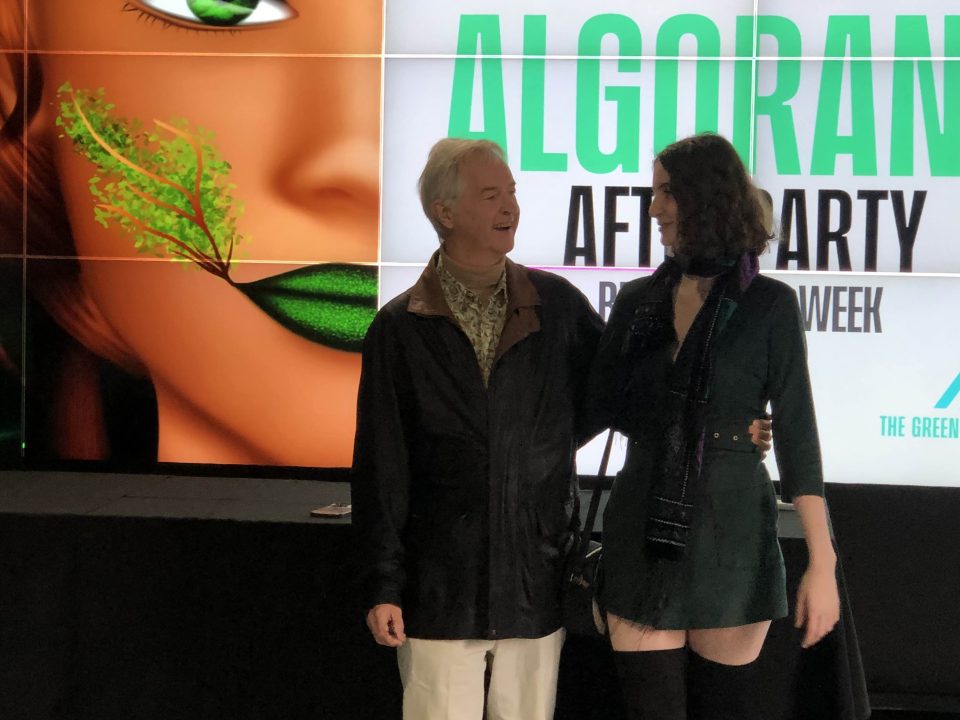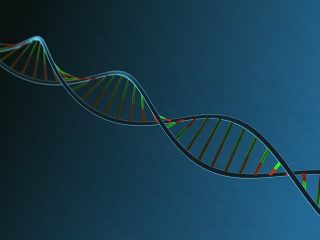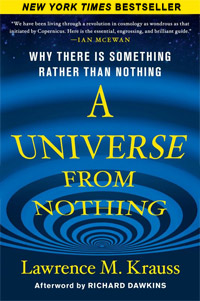
Free Will Forever
April 28, 2012
Nothing Will Come of Nothing
May 30, 2012The article “Freezing Time” published in The Scientist describes the development of extremely powerful enzyme inhibitors. Because of their vastly higher affinity for the enzyme, they can not only be used in much smaller doses for medical purposes, but persist for longer in the target enzyme but not the bloodstream: increasing effectiveness while decreasing side effects.
The trick is to create “transition state analogs”, molecules whose shape mimics that of the enzyme’s target in the moment of catalytic change. And “moment” is pretty accurate: the time scale we’re talking is a few femtoseconds – a femtosecond is 10-15 seconds, a time so short that even light wouldn’t even cross the width of a human hair.
An interesting aspect of the article is the use of computational quantum chemistry to find the right structure:
Computational quantum chemistry is used to search through thousands of possible transition states to find the one that matches the experimental observations from kinetic isotope studies. This structure is then analyzed using Schrödinger’s equation to obtain the wavefunction, which contains information about both geometry and electrostatic charge, and in fact is the most complete description that can be given of a transition state. This information provides enough of a picture, a virtual blueprint, to allow us to design analogs that mimic its geometry and electrostatic features.
This is another example of the power of quantum mechanics. Instead of sitting around talking about how “spooky” it is and speculating that there is no objective reality, these scientists actually applied quantum calculations to solve real problems in that objective reality, giving real solutions that one day should save health and lives.
(Speaking of quantum “spookiness”, I have argued that the true nature of quanta is waves and the particle aspect is the illusion – a view which resonates with the description of the wave function above.)





